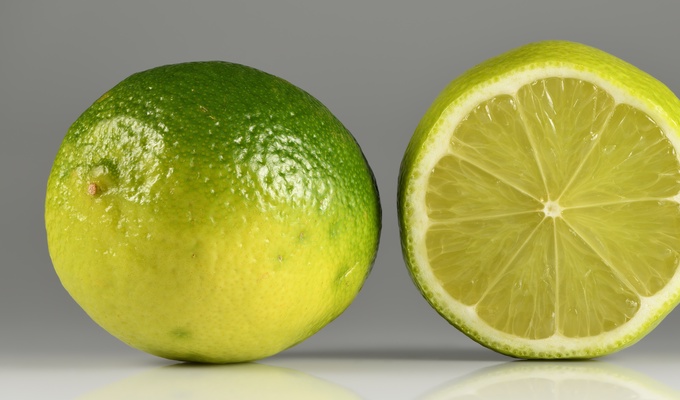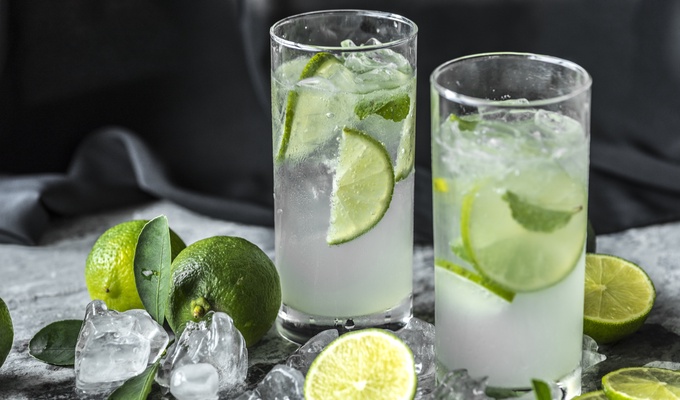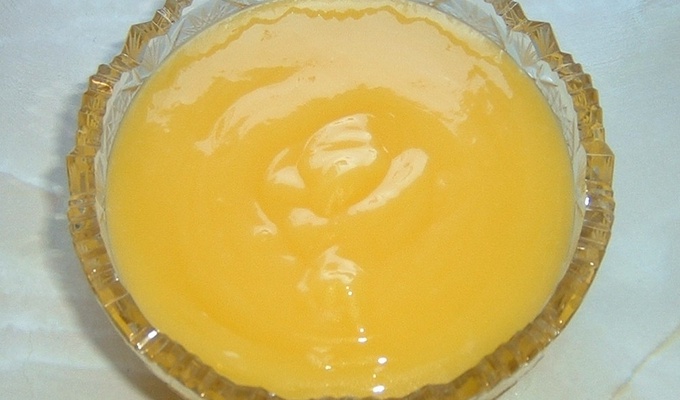Lime is a citrus fruit, with round green peel, aromatic zest, and abundant acidic juice. They are used extensively in cooking, confectionery, and drinks worldwide.
Lime juice is used to make limeade and is a key ingredient in many cocktails. It is added to guacamole and ceviche, and is a common finishing acid for many dishes. Lime juice is used in many southeastern Asian dishes, and is a key ingredient in Thai cuisine. The peel of limes is used to make marmalade.
Lime juice is used in desserts such as lime curd, and Key limes, a small variant, are the critical ingredient in the American dessert Key lime pie.
In Indian cuisine, especially South Indian cuisine, lime pickles are used extensively, as lime pickle, salted pickle, and lime chutney. Dried limes are a key seasoning in Persian and Iraqi cuisine, and are often added to baharat spice mixes.
There are many variants of citrus that are called "lime," and classifying the varieties can be difficult since the species hybridizes easily and the color of the rind is not always indicative of the flavor. With that caveat, the major varieties are:
- Persian lime (Citrus × latifolia) is the main commercial variety and the most widely produced lime globally
- Key lime, which is smaller, seedier, and more acidic than the Persian lime
- Makrut lime (formerly Kaffir lime) is used extensively in Asia for its rind, juice, and leaves
- Sweet lime, a low acid variant
- Australian finger lime, Australian lime, and Australian desert lime, native to Australia
- Rangpur lime, with orange fruit and very acidic flesh, with few other similarities to lime
- Limequat, a hybrid of Key limes and kumquats
- Philippine lime, a hybrid of mandarins and kumquats
Most lime varieties are the result of extensive hybridization, with the citron, mandarin orange, pomelo, and micrantha being the largest contributors of ancestry.
Note that Spanish lime and wild lime, despite their names, are not true limes and are not in the Citrus family.




